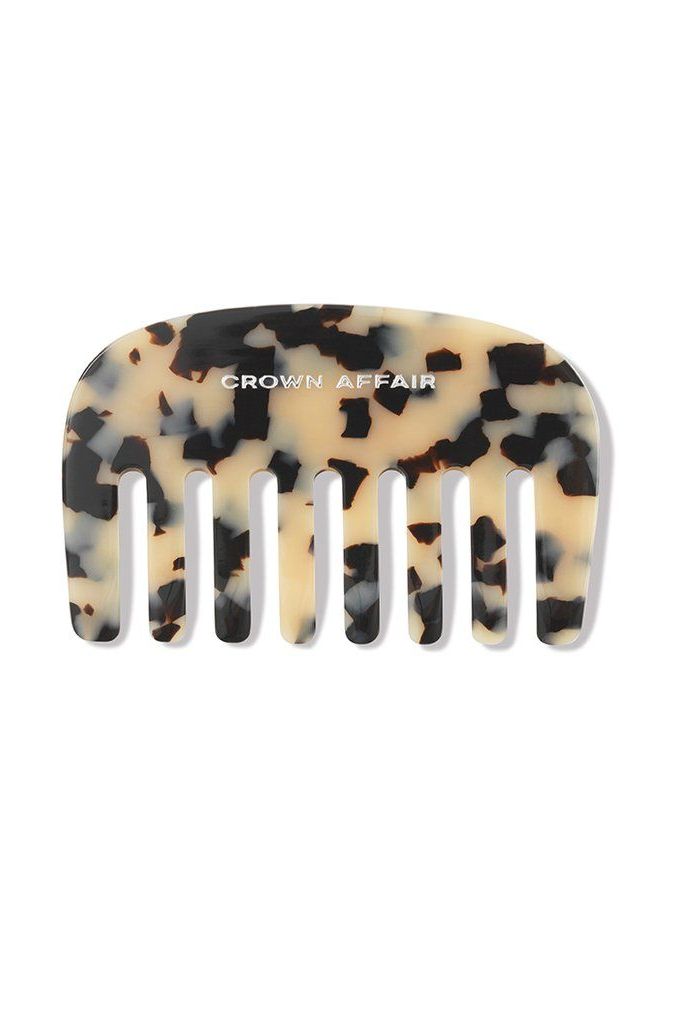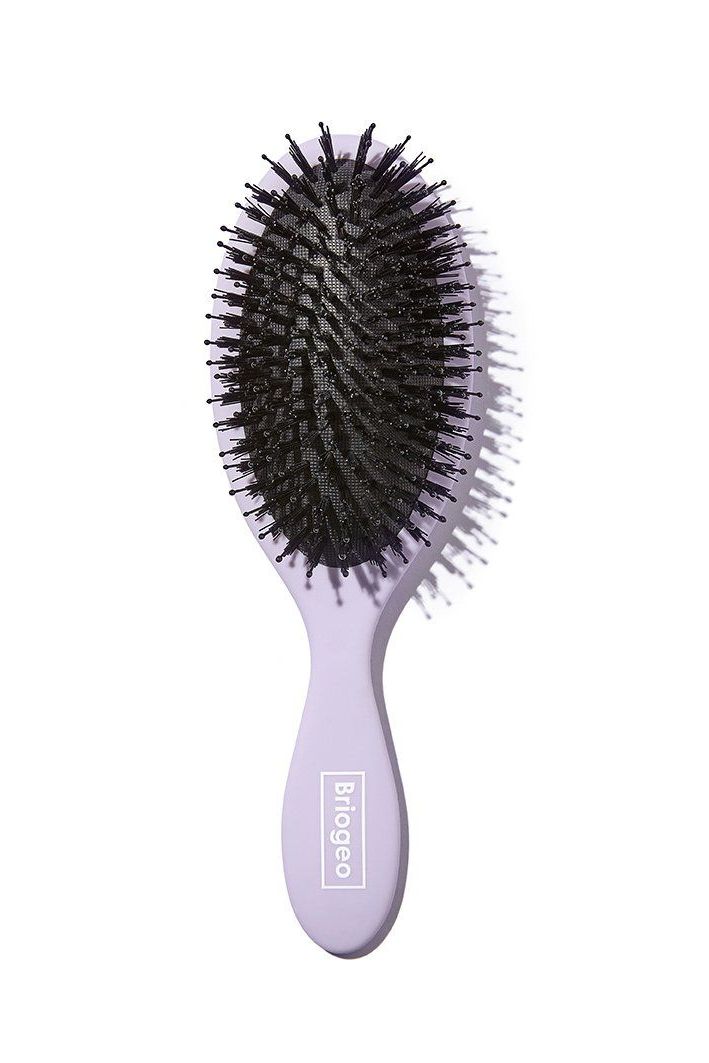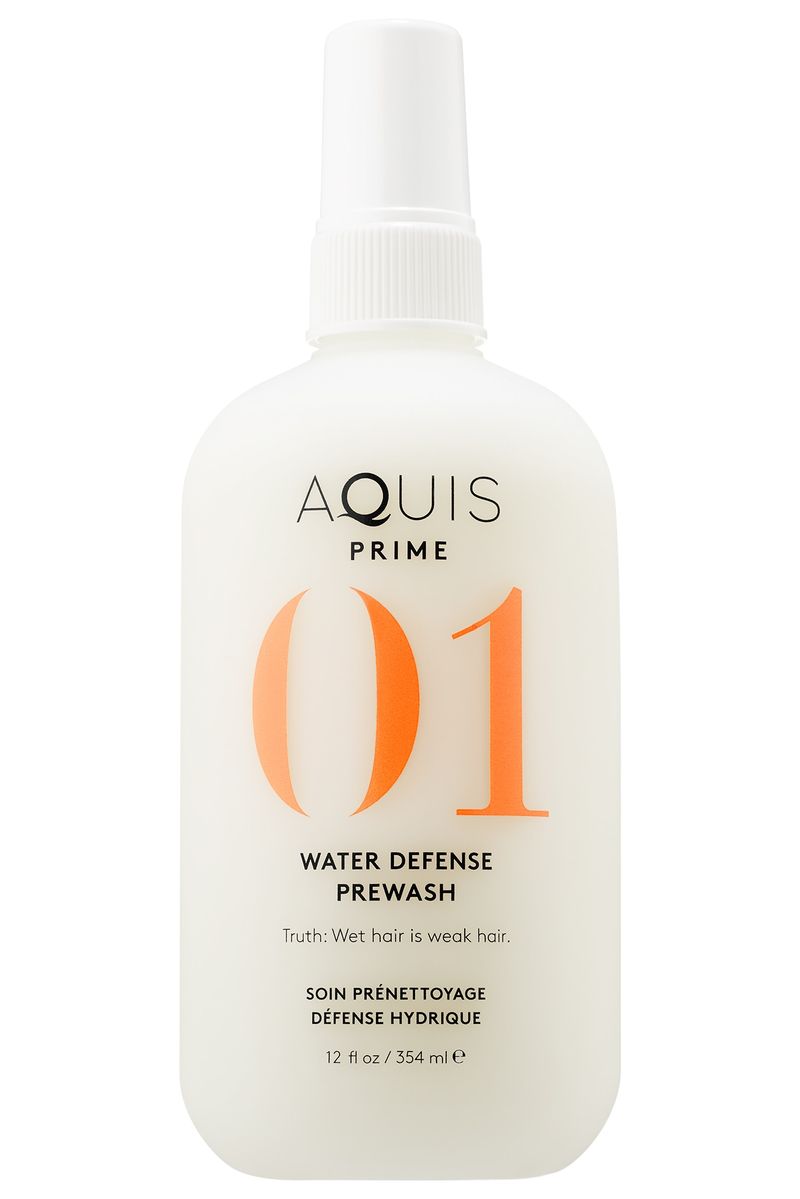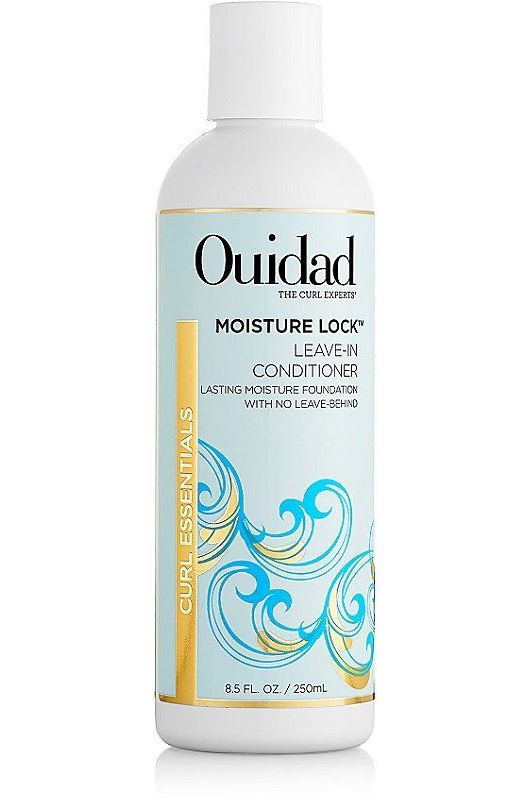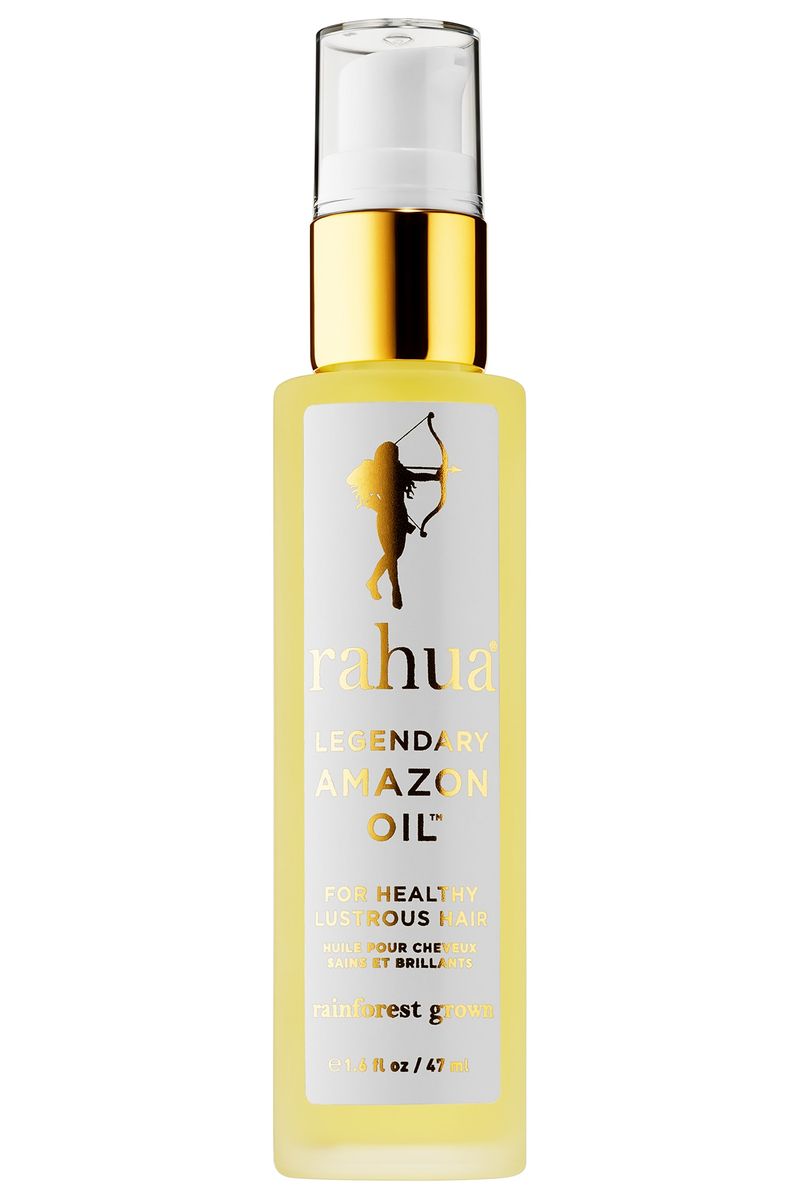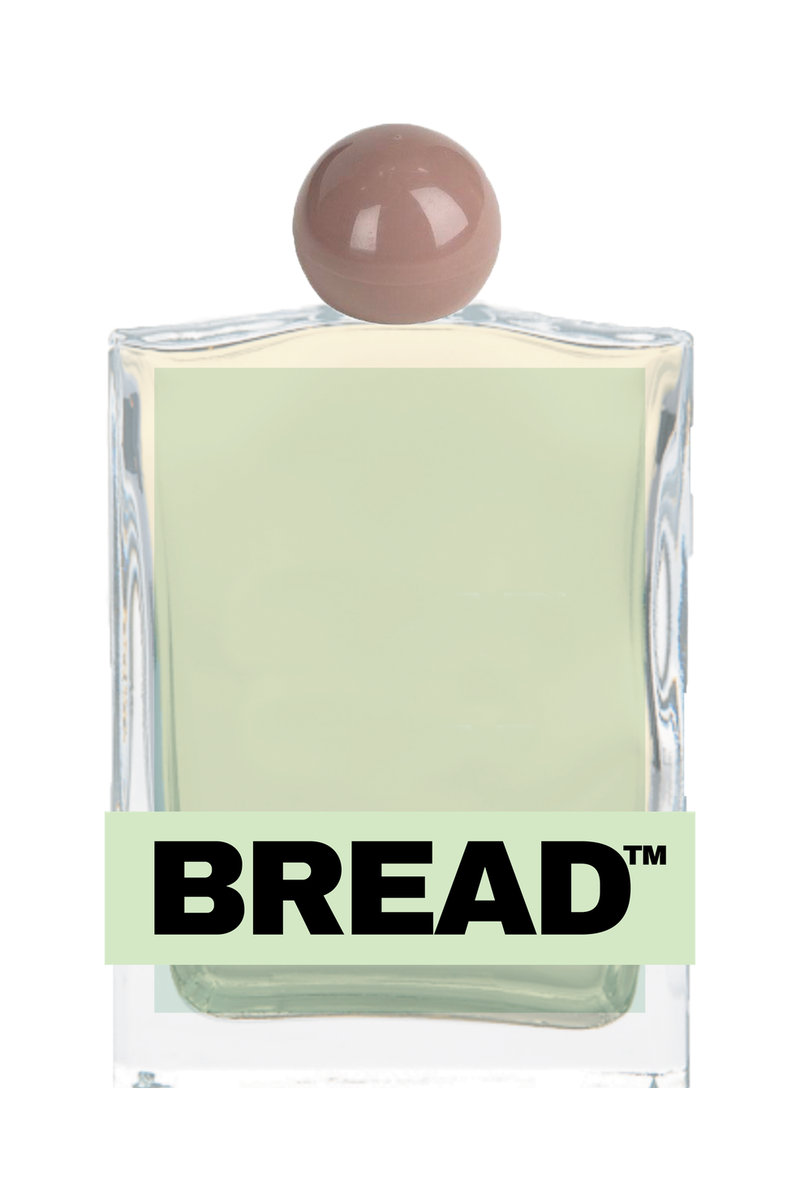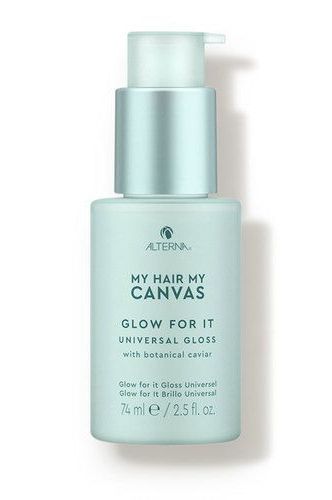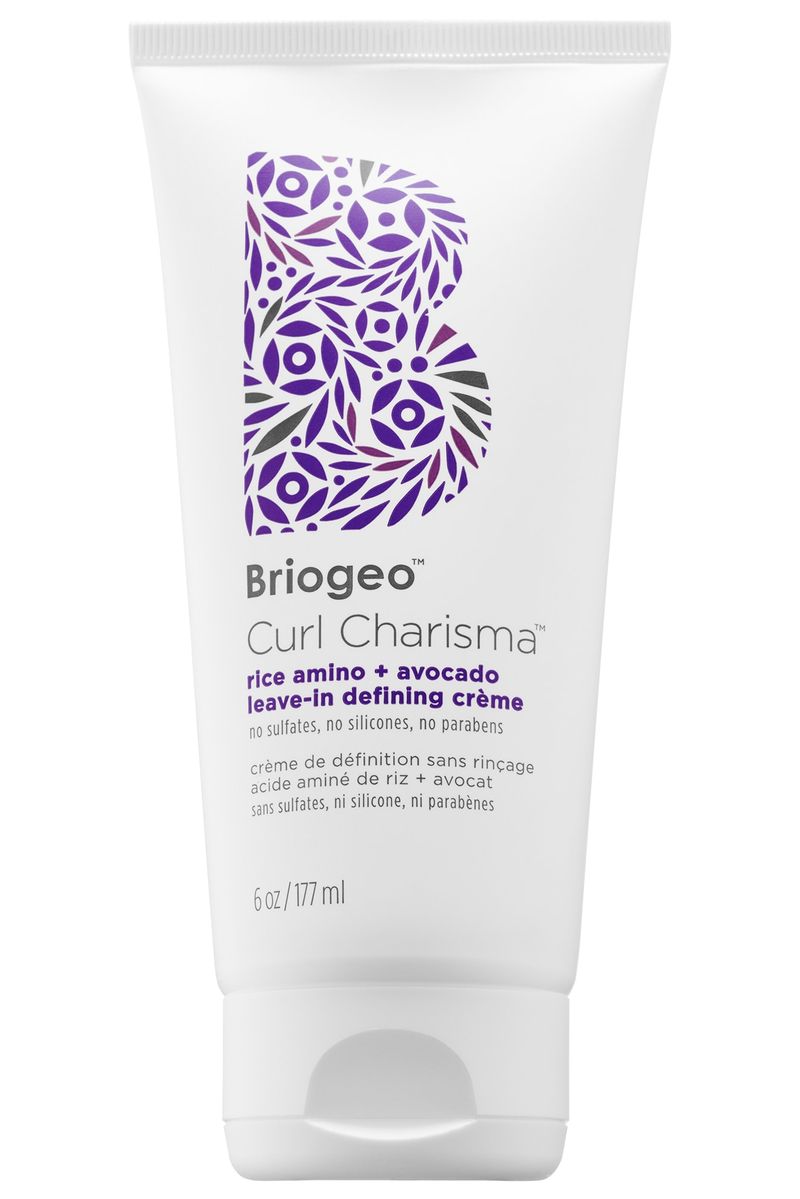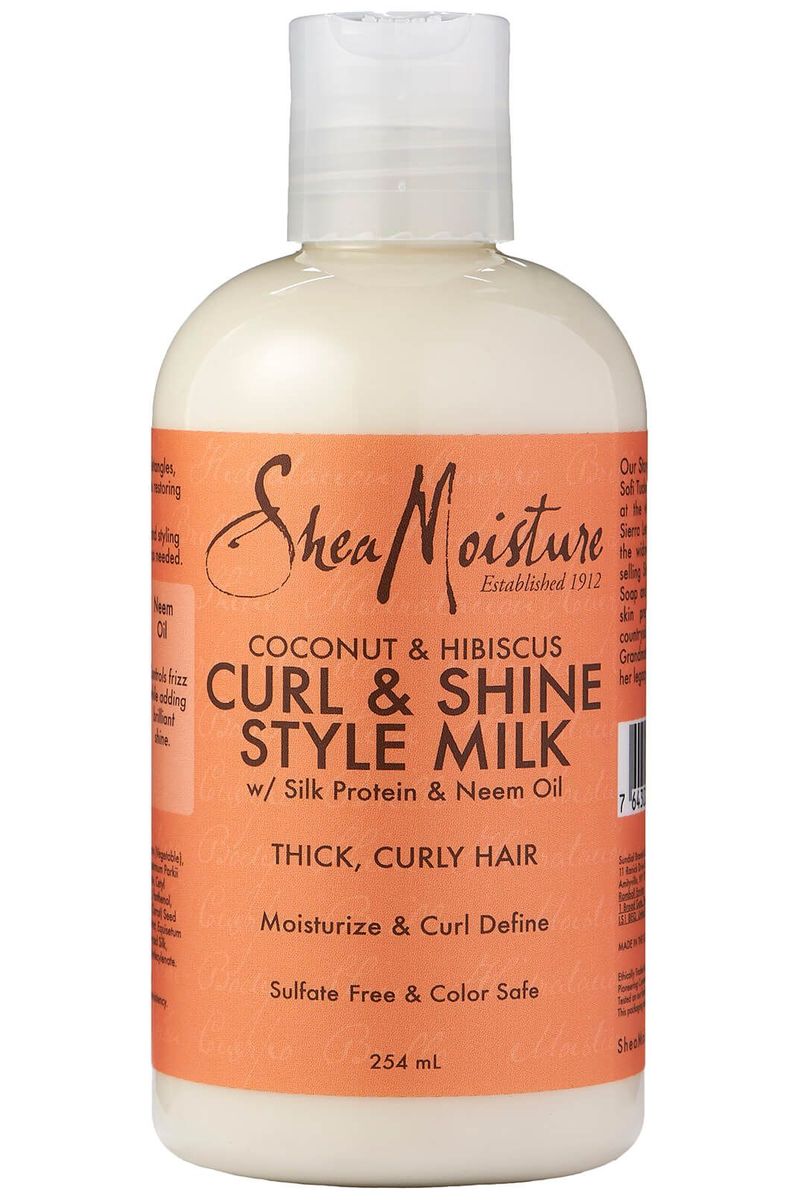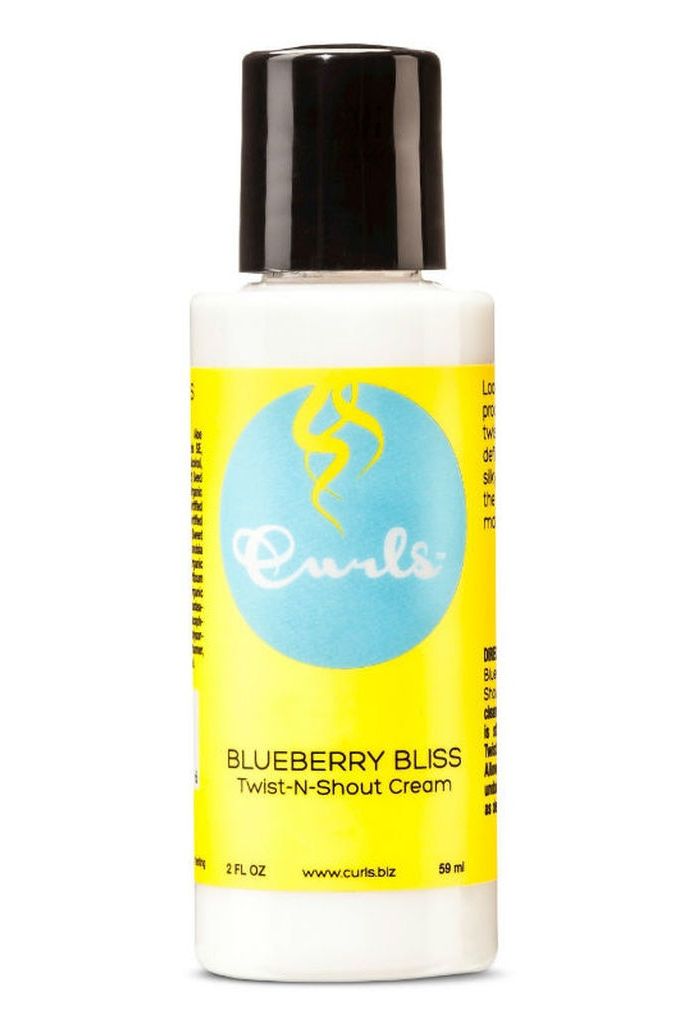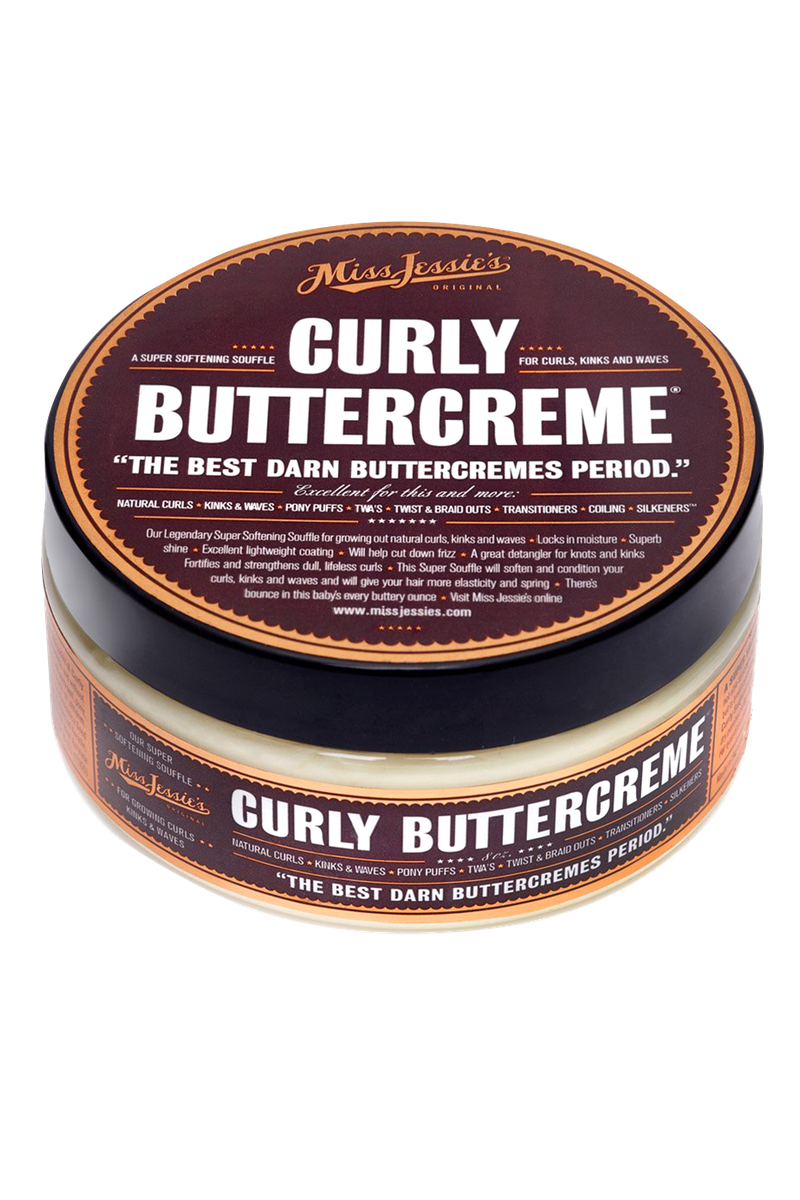Your Guide to the LOC Method
Treat your curls like queens.


If you're a curly girl like I am (when I let my hair do its own thing), then you're probably always on the hunt for a new product, routine, or trick to get your curls to do what you want. On good curl days they're bouncy, healthy, and super cute—but the problem is, I never, ever know what my hair is going to look like post-shower. The smallest change, like using a new shampoo or hair towel, will completely change my curl pattern. One day my curls are gorgeously defined, the next they're a blobby mess. Sometimes my hair looks moisturized and healthy; the next, like I've let my curls slowly die of thirst. My hair is a minefield, and maybe yours is too.
Now that I know more than when I first started my journey to understanding my curly hair (I'm the only curly-haired member of my family–I had to teach myself!), all I crave is consistency. I've swapped a towel for a T-shirt, eliminated sulfates, bought expensive silk hair ties, but something is still missing. Enter a little something called the LOC method, a cult-favorite method for styling curls that is saving people's hair. If your current routine isn't working for you, here's everything you need to know about these three little letters: L.O.C.
What Is the LOC Method?
Repeat after me: Leave-In, Oil, Cream. There you have it! LOC is an acronym for the steps that curly-haired ladies should take when styling their hair post-wash. The same way that people constantly debate the proper order of your skincare ingredients (hint: sunscreen should always go last), there's a debate about the proper order of hair products that will keep your curls looking their best.
The LOC method is particularly good for curls that feel dry and soak up a lot of product, a sign that you might have high-porosity hair. Hair is a porous material, which makes the layering of hair products in a specific order very important. Even shower water that seeps into the hair can affect the way your curls react to being washed.
There are new products like the Aquis PreWash that are designed to be put on your hair before you get in the shower so that less water can be soaked up into your strands. By sticking to the order described by the LOC method, you're assuring that you're truly getting the best out of your products.
Shop These Styling Tools
Step #1: Leave-In Conditioner
The "L" in LOC stands for leave-in conditioner, sometimes labeled as "liquid" depending where you look. The benefits are twofold: Firstly, it provides an extra shot of moisture that many curls desire. Curly hair can become dehydrated at a very quick rate, meaning that giving our hair a little extra T.L.C. is super important. Secondly, leave-in conditioner often acts like a detangling spray. Though not all curls will allow for brushing even when the hair is wet, a leave-in conditioner will make it easier for you to run your fingers through each strand so you don't end up with a giant knot somewhere in your hair.
After your shower, when your hair is still wet, get started with your leave-in. It's important to adequately coat each strand of hair when you spritz on a leave-in conditioner. Whether you use a white-toothed comb, a brush, or just your fingers, make sure that there are no sections of hair that are missing out on the fun. Using alligator clips to pin up sections of hair allows for easy sectioning and application. After the entire head is attended to, it's time to move onto the "O".
Get exclusive access to fashion and beauty trends, hot-off-the-press celebrity news, and more.
Shop The "L" in LOC
Step #2: Hair Oils
Chances are, if you're serious about hair hydration, you already own a hair oil. While it's hard to go overboard with a leave-in conditioner, oils can make your hair go from "moisturized" to "greaseball" really fast, so it's important to be judicious about your application method. Oils are great at locking in the leave-in conditioner that was previously applied, while also adding to your hair's hydration and protecting it from pollutants and that dreaded villain—humidity.
To be sure you don't go overboard with oils, put a small amount in your palms, rub them together, and apply the oil sparingly to the ends of your hair where there is most commonly signs of damage and dehydration. If you feel like you might need a little more to coat your strands, continue little by little. Not all hair oils are created equal, and some will appear much thicker than others. It's important to see what your hair loves, and how much hydration you need. When in doubt, less is better.
Shop The "O" in LOC
Step #3: Creams
It may seem excessive, but after the leave-in conditioner and hair oil, there's one last step to go. The purpose of creams as the last step in the LOC method is to reinvigorate curls and let them settle into their bounciest, best version of themselves. The creams not only seal in the moisture that the two previous steps introduced to the hair, but also create extra definition.
Once again, separate your hair and apply a small amount of cream to each part section. As with the oil, it's important to start with a small amount of product until you're satisfied that you have applied the appropriate amount of product. Every person's hair reacts differently to products–depending on level of dryness, how porous the hair is, and the length of hair, the amount of product will vary.
After the cream is applied throughout the hair, let your hair air dry or use a diffuser and watch your curls become the healthiest, cutest, most hydrated versions of themselves. The best part? Once you have the LOC method down, you never have to wonder when your next great day will be.
Shop The "C" in LOC
Tatjana Freund is a Beauty Commerce Writer, covering makeup, skincare, and haircare products and trends. She's a fan of vodka tonics and creepy Wikipedia pages.
